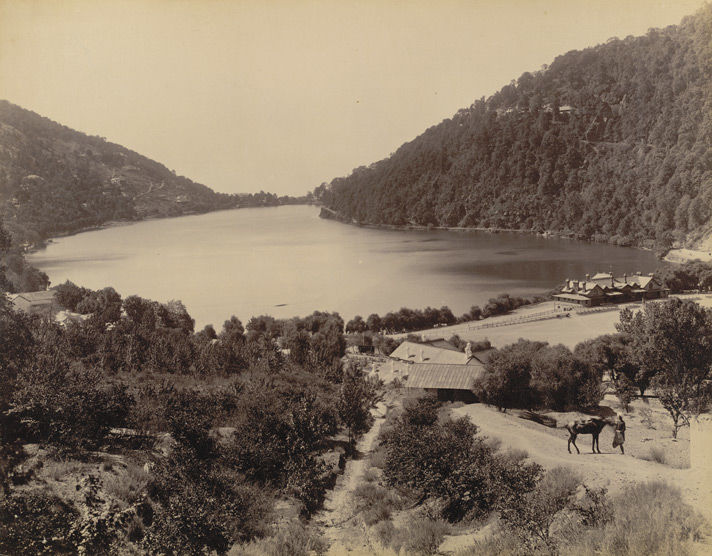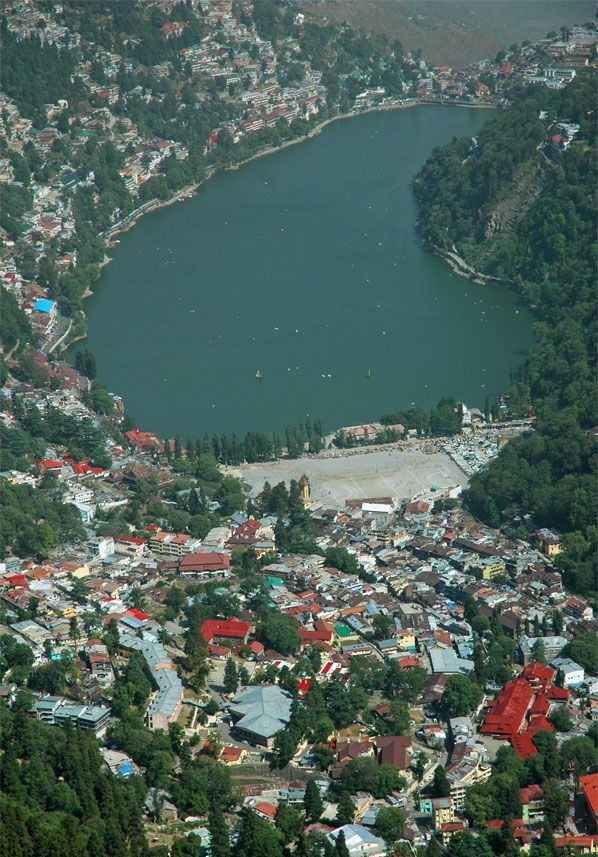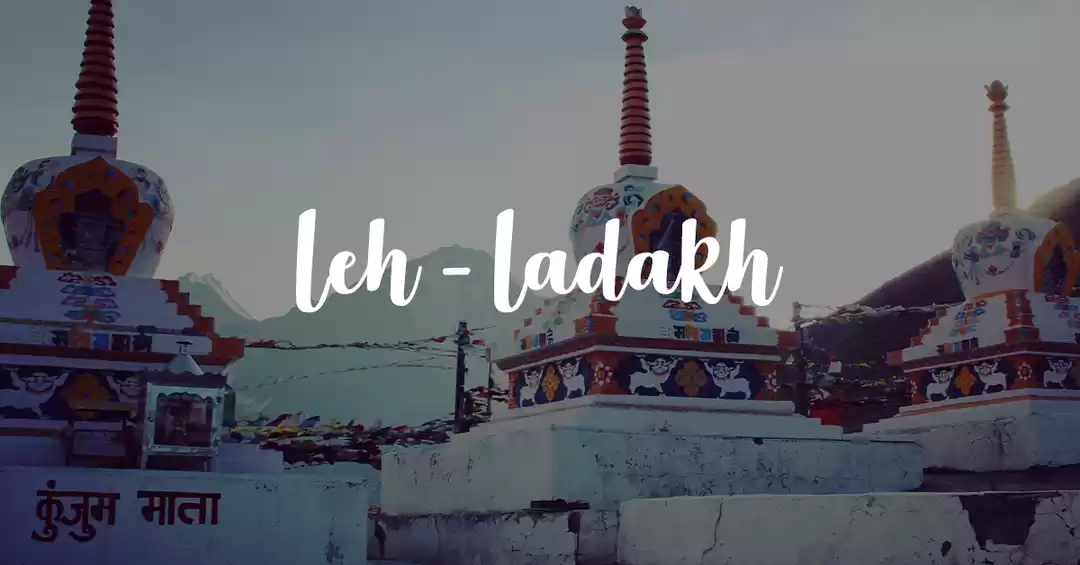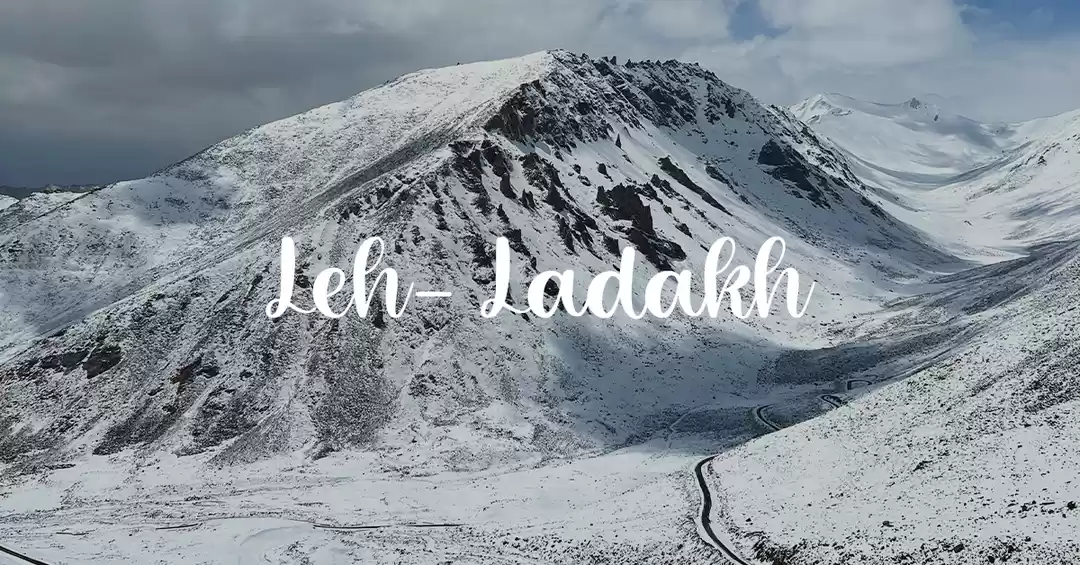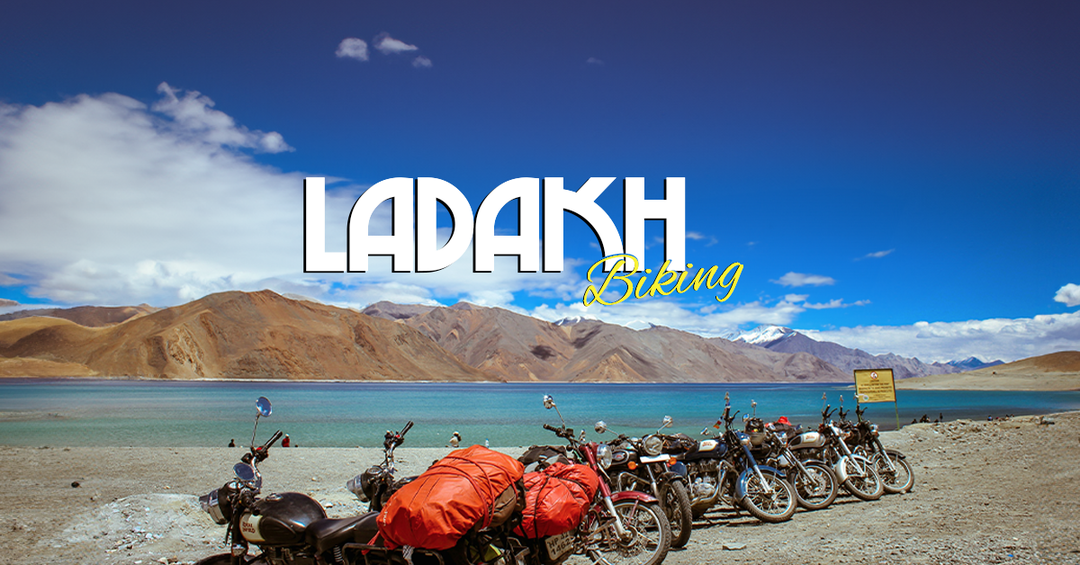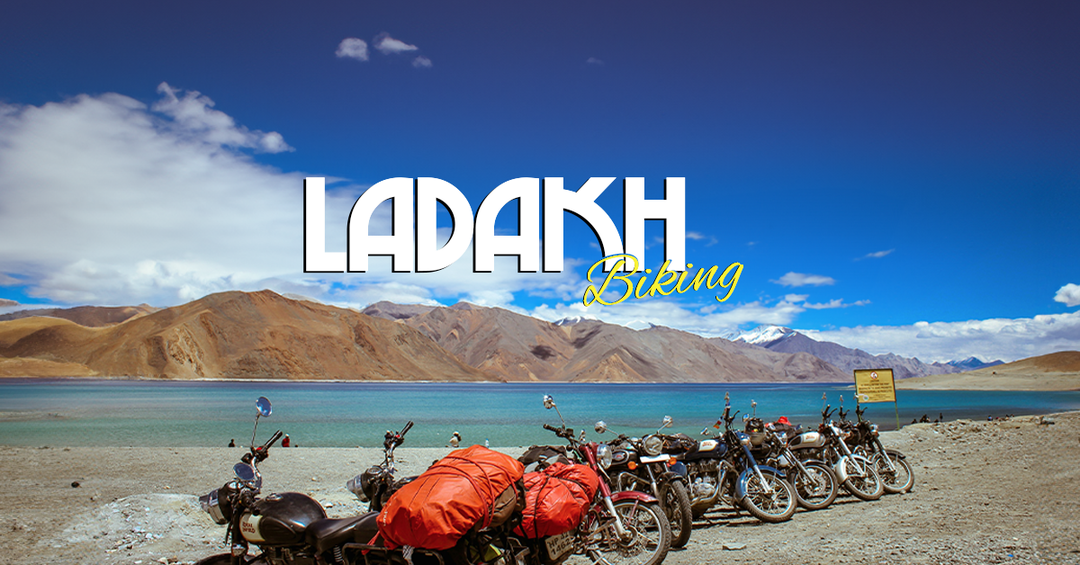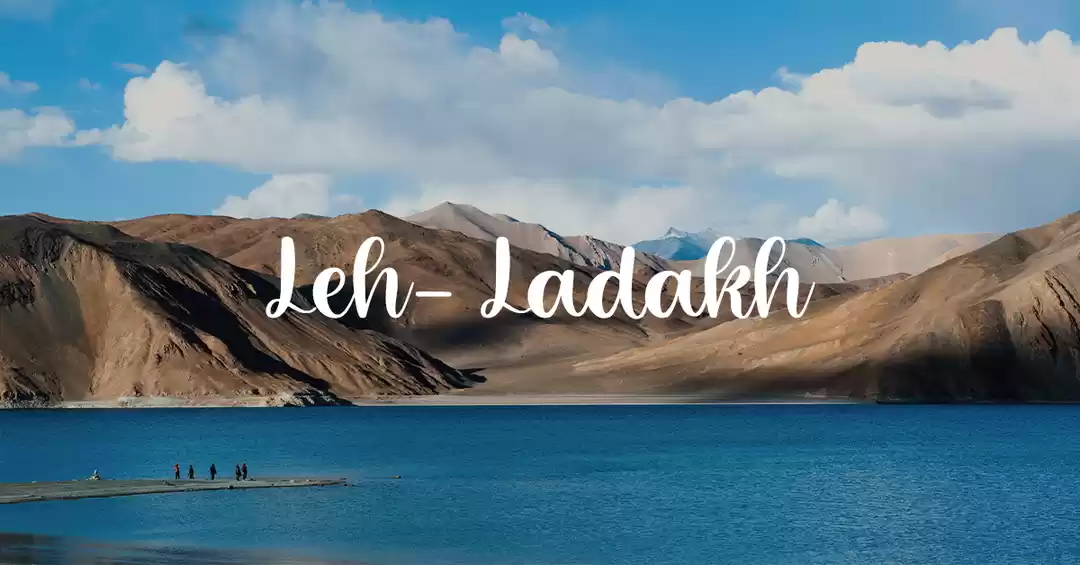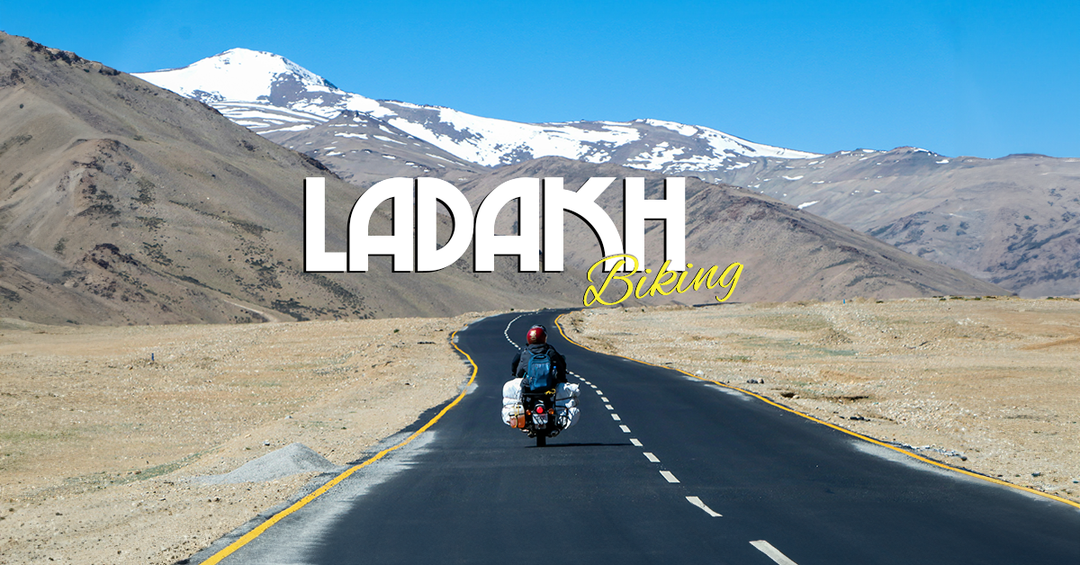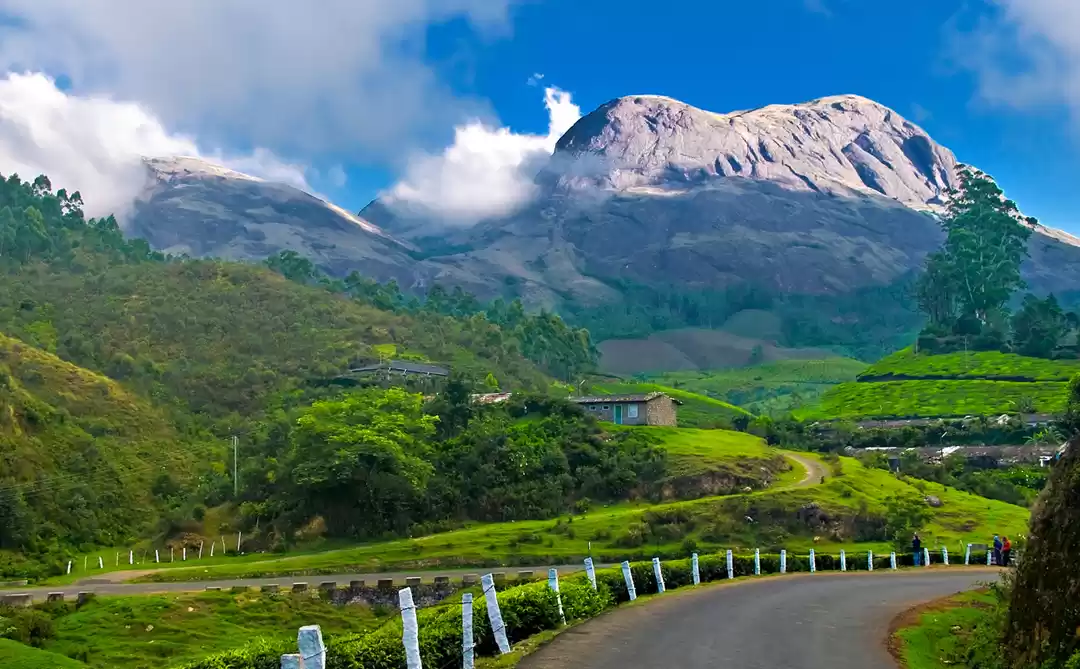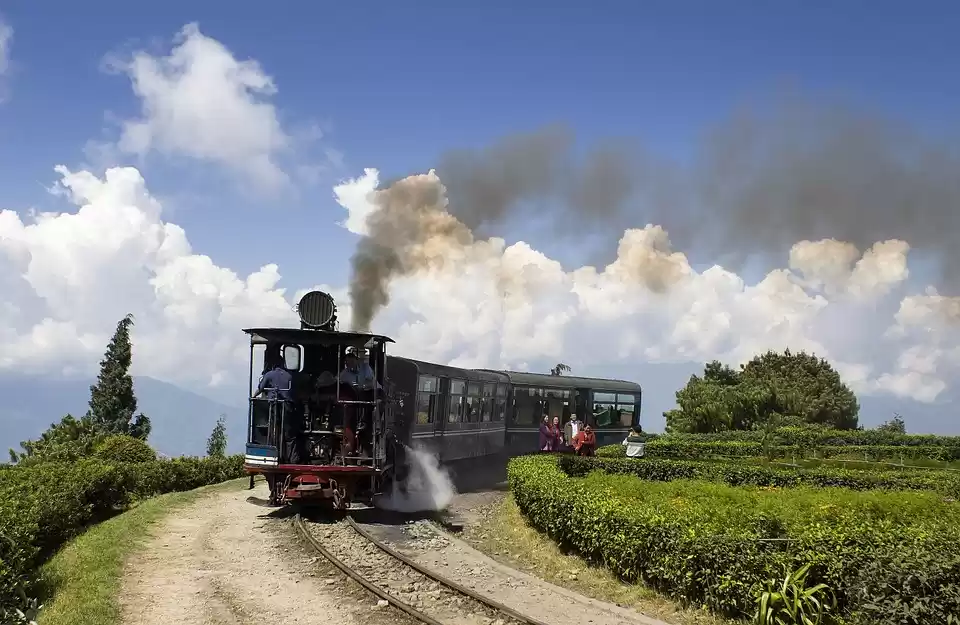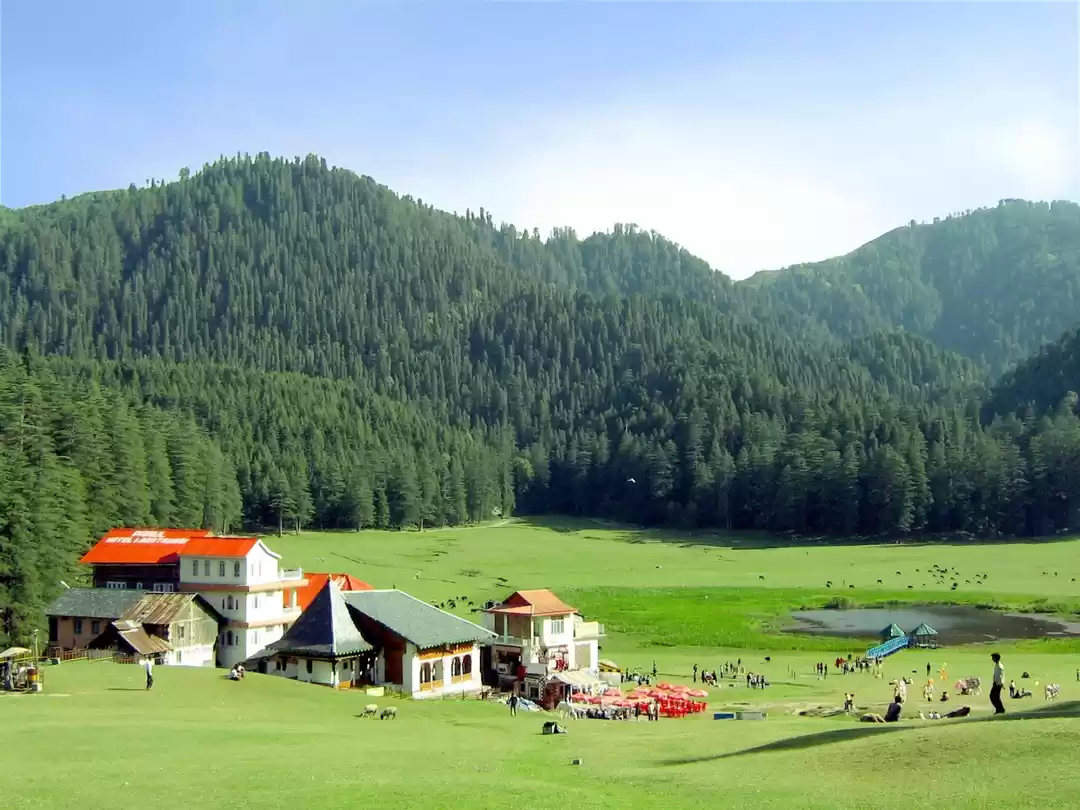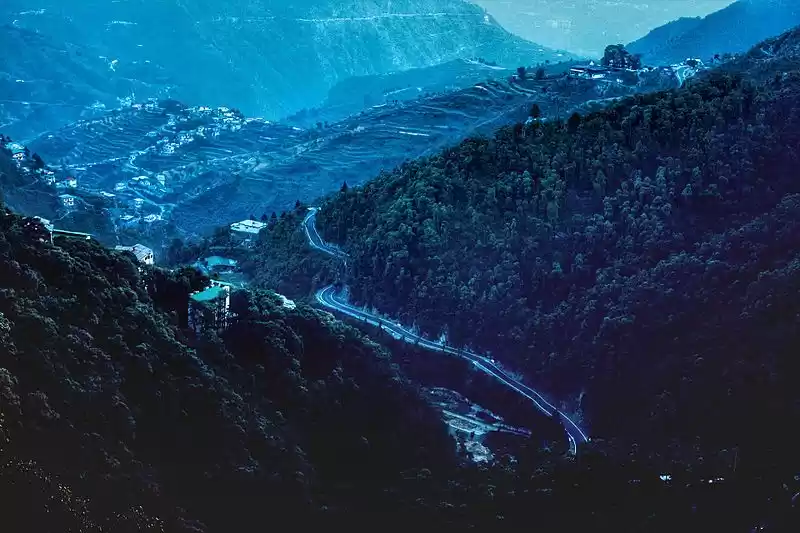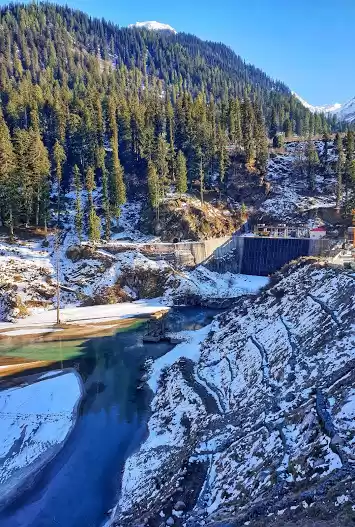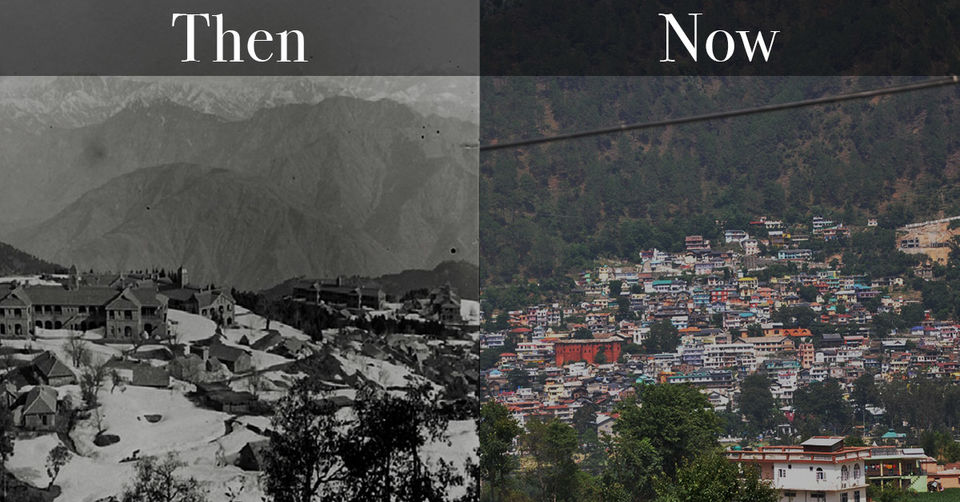
Man has stepped on the moon, occupied the remotest places and exploited the best of nature. Here are pictures of India's favourite hill stations (synonyms with summer vacations) and how we have transformed them over a duration of 100 years.
I have categorized the images as before and after the Independence.
Nainital
The foot hills of Kumaon had a major landslide in 1885 giving it the flat lands which were occupied and transformed into one of the most popular hill stations in the country.
Before Independence
Credits: Wikipedia
Now
Credits: Wikipedia
Mussoorie
The Queen of Hills was occupied by barely 5000 people before 20th century. But after become an escape from mainland's scathing heat, Britishers and Indians started occupying the quaint town. Now the place suffers with overdevelopement of hotels and tourist lodges. Here is a picture of Mussoorie bazaar in 1890's.
Before Independence
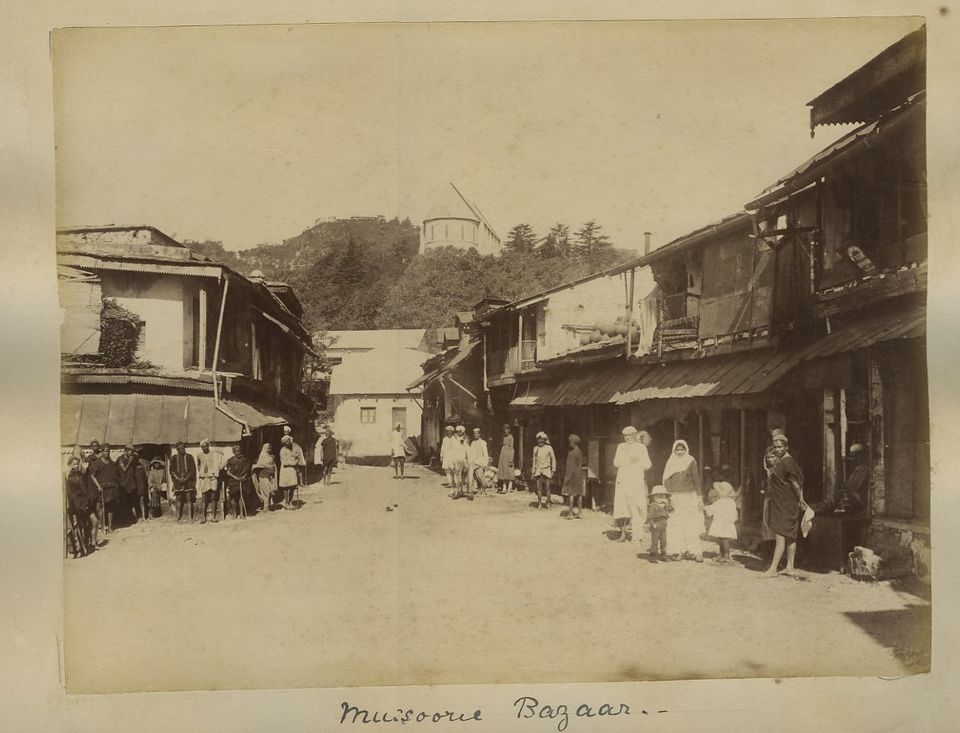
Credits: Old India Photos
Now
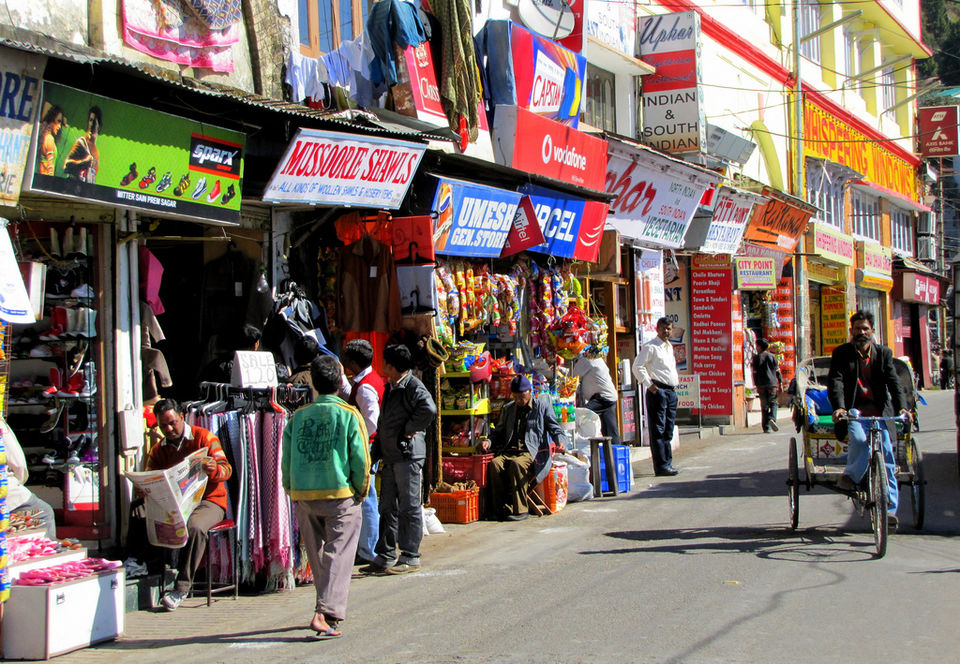
Credits: Flickr
Ooty
Once occupied by tribals Ooty was a part of Tipu Sultan's dynasty. After coming across it's beauty and captivating environment British Government in 1819 and became the summer capital of Madras Presidency. And is now the haven for honeymoon travelers.
Before Independence
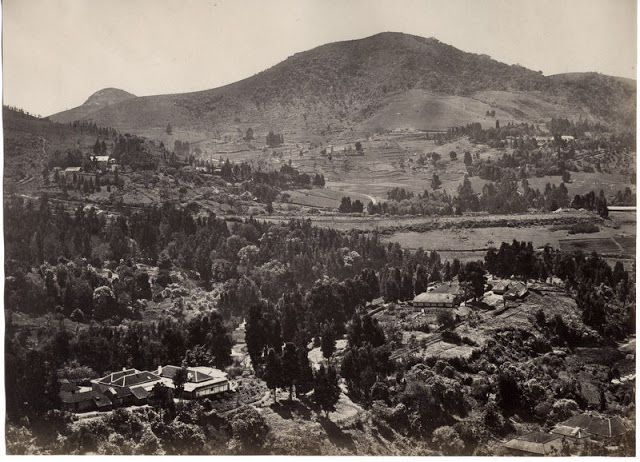
Credits: Desinema
Now
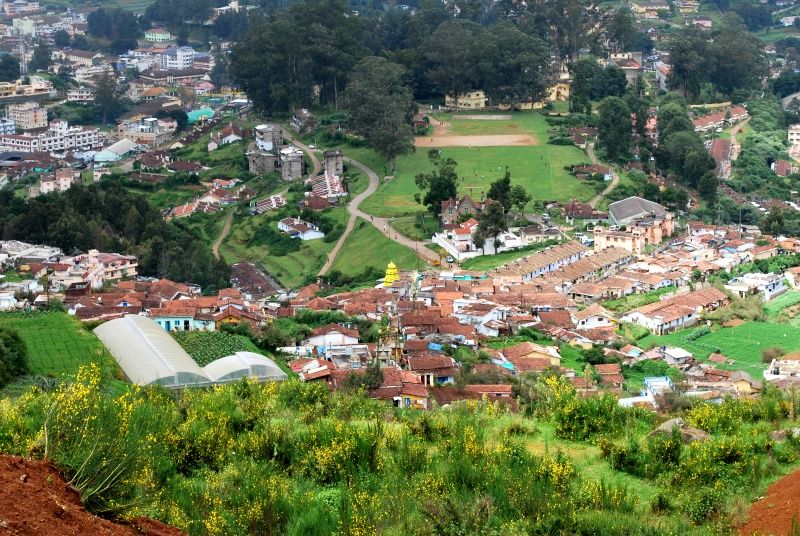
Credit: Wikipedia
Dalhousie
Established by the British Empire and named after England's Lord Dalhousie, this quiet place became a summer retreat only after discovery in 19th century. Despite being located over 7000 ft over sea level, Dalhousie continues being flooded and inhabited by Indians all over.
Before Independence
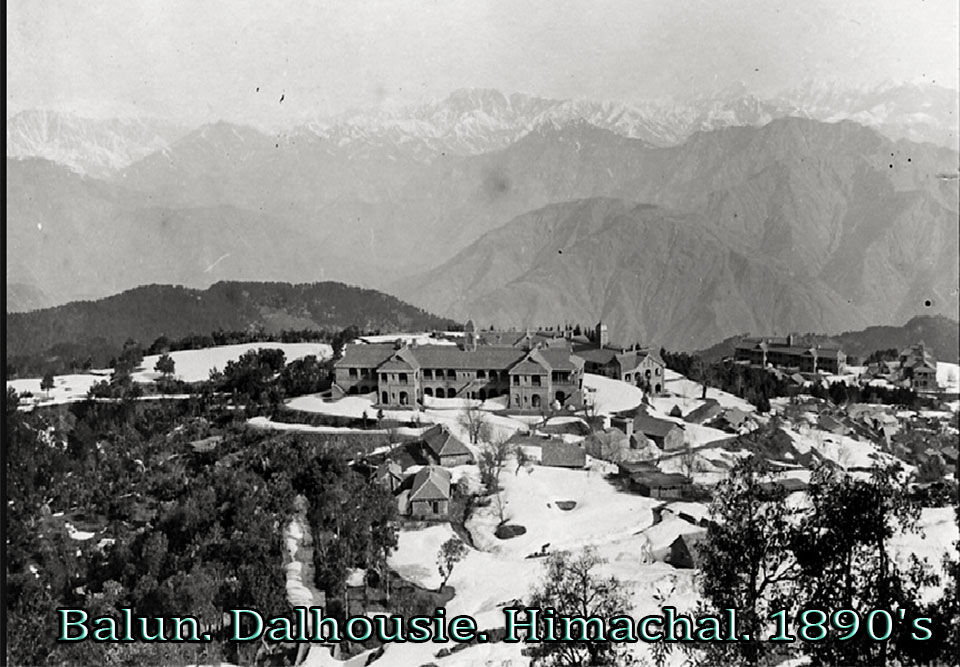
Credits: Hotel Monal
Now
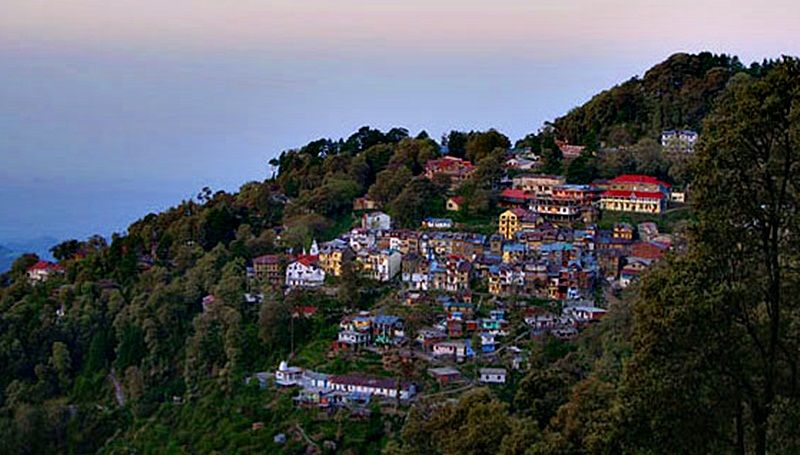
Credits: Hotel Mount View
Darjeeling
Being one the Tea capitals of India and having the Darjeeling Himalayan Railways (a UNESCO World Heritage Site), this hill station has always attracted flocks of people but with increasing migration and ever-expanding tourism, Darjeeling is falling prey to infrastructure and pollution related problems.
Before Independence
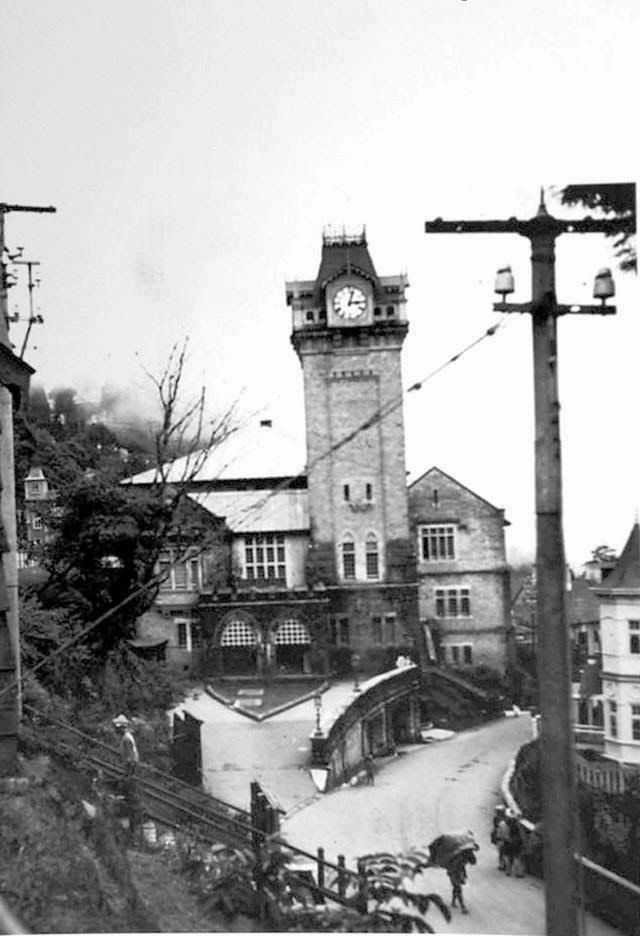
Credit: Indian Gorkhas
Now
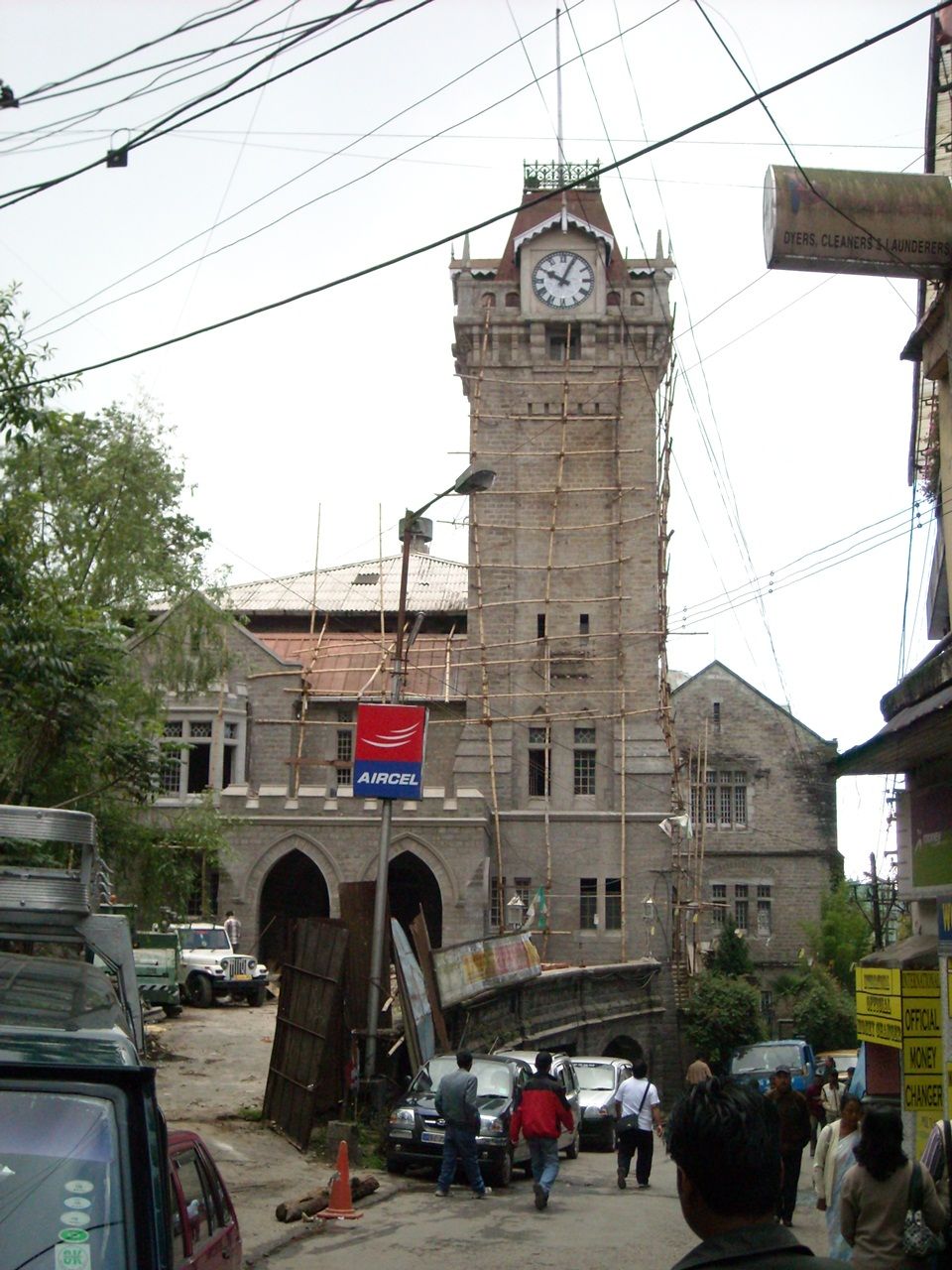
Credits: Flickr
Shimla
Shimla or Simla was the summer capital of British India and has evidences of British architecture which stand tall even after centuries. But being the capital of Himachal Pradesh and a tourist hot-spot, Shimla faces dangerous expansions in the face of growing population.
Before Independence
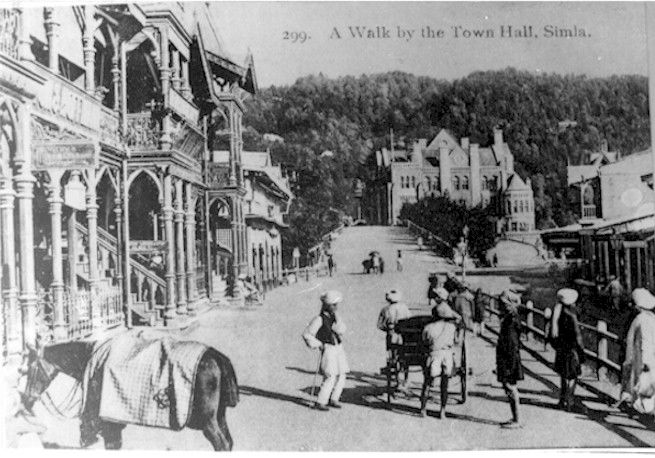
Credits: Wikimedia
Now
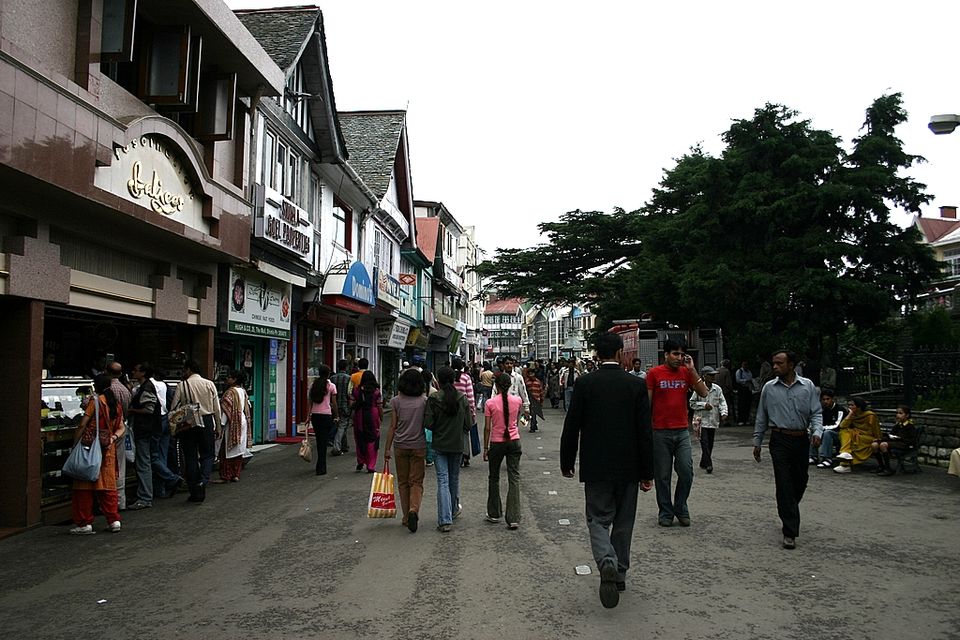
Credits: Wikimedia
Almora
The cultural capital of Uttrakhand, Almora was a British Empire favorite. But due to undafe and rapid expansion it has become synonymous with congestion, unsanitary conditions and unexpected presence of pollution.
Before Independence
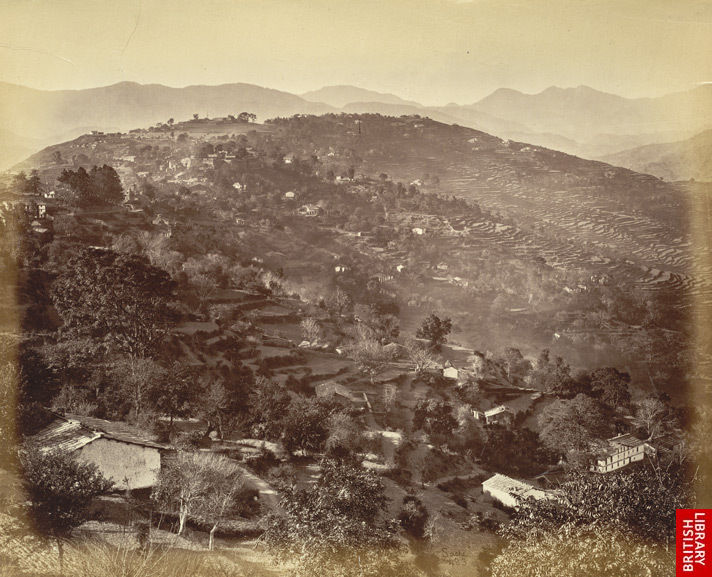
Credits: Wikipedia
Now
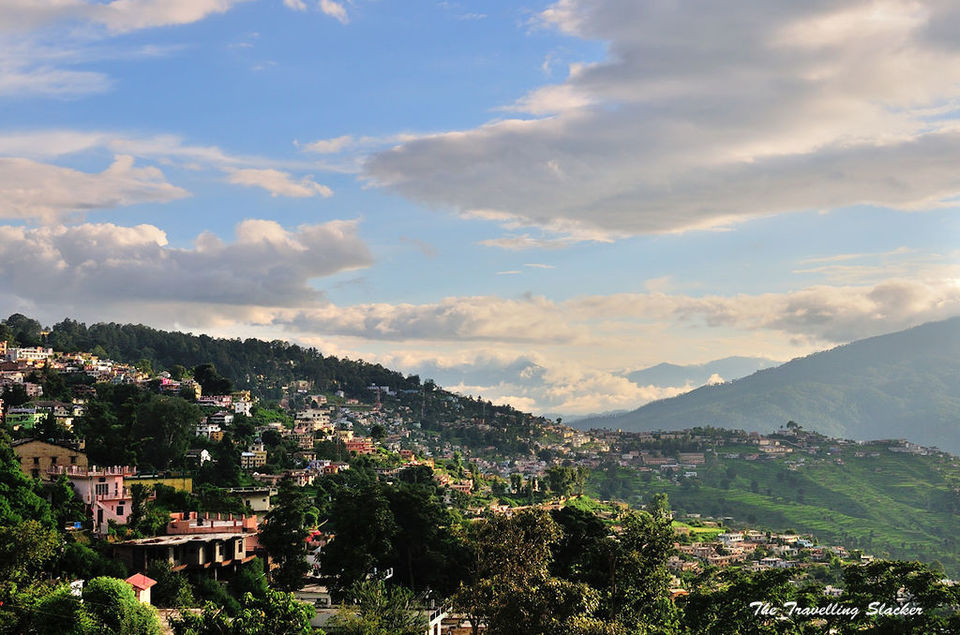
Credits: Wikimedia
The consequences once unprecedented are now the reality of these popular hill stations. And though the photographs paint a clear picture of a dark future, we and authorities remain blind to the damage we do.
And for those who believe that development has to be at the price of encroachment, check out this No Honking Hill-Station .
Matheran
It might not be too late for us take a step back from this blind encroachment, and move forward with much needed caution and care.


